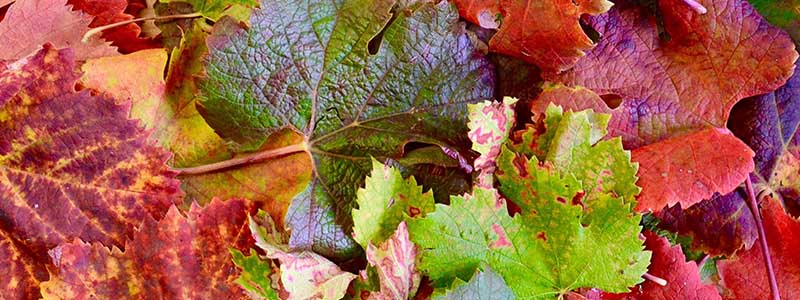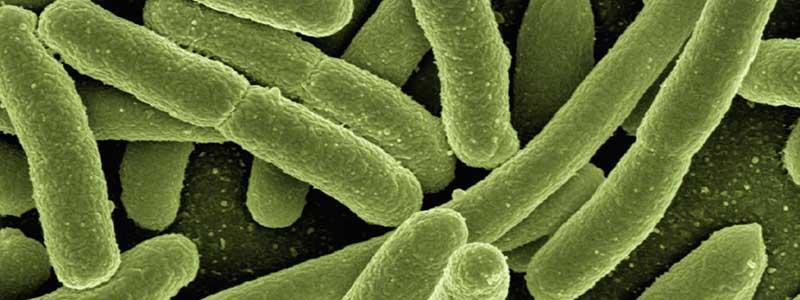Hydroponic gardeners are bound to experience disease outbreaks on their hydroponic farms.
Pathogenic organisms such as bacteria, fungi, viruses, and nematodes are responsible for most of these diseases.
Your hydroponic plants’ health is very important, and you should monitor them at all times.
How to ensure your Hydroponics plants’ health
Here are some preventive measures to help ensure your hydroponic plants’ health:

Adequate air circulation
It is very important to ensure adequate circulation of air in your hydroponic system.
Excessive humidity in your garden could cause the growth of molds and the invasion of fungus.
Humidity at 50-80% is good enough for your hydroponic plants. You use a hydrometer to check the relative humidity of your hydroponic environment periodically.
Installing fans and air-conditioners also help to reduce excessive humidity and circulate air around your garden.
Also, regular pruning of your plants will help maintain airflow around plants.
Good drainage system
A good drainage system helps in moving your plant’s nutrient solution efficiently through your system.
It also helps to prevent oversaturation of the grow media, minimizing pathogenic organisms and algae.
You should avoid overwatering your plants to prevent soaking of your plants’ roots in the grow media.
Maintaining a proper temperature
A nutrient solution with a high temperature reduces the level of dissolved oxygen content in plants’ roots; this is not something you’d want to happen in your garden as reduced levels of dissolved oxygen content could lead to root rot.
You should keep your nutrient solution’s temperature below 75° to prevent root rot.
Harsh temperatures in your hydroponic environment could also invite disease-causing pathogenic organisms. You should always maintain an optimal temperature to prevent this.
Keep a clean environment
You should clean all areas of your garden often. A tidy environment keeps diseases out.
You should pack out all plant matters and debris of your garden. Disease-causing pathogens feed on debris and dead plant matter. You should constantly ensure your nutrient solution is free of them.
Also, you should clean and sterilize all your equipment after use and change the water in your reservoir regularly.
Doing all of these will help prevent disease build-up in your hydroponic garden.
Control pests
Some pests are responsible for plant diseases.
Keeping pests out of your garden helps prevent diseases from coming in. You can do this by removing weeding regularly. You can also use sticky traps to catch pests that escaped weeding.
Common plant diseases in Hydroponics

Here are some plant diseases in hydroponics:
Botrytis
Botrytis, also known as gray mold or ash mold, is a mold caused by the inadequate circulation of clean air in your hydroponic garden.
Its primary symptom is the presence of greyish-white spots on plants’ leaves.
It turns leaves brown and causes the plant to deteriorate if not quickly treated.
One way to eliminate this mold is to clean off the white spots on the leaves of your plants.
For further prevention, you should fix the ventilation system of your garden to provide enough clean air to your plants and regulate the moistness of your garden.
You should also clean your garden of organic and inorganic trash regularly.
Powdery Mildew
Powdery mildew is a kind of fungus that affects flowering plants. It is caused by excessive humidity and low light intensity.
The symptoms of this fungus begin with leaving noticeable white spots on leaves. If not attended to, the initial symptom extends to engulfing the leaves in a white powdery substance.
Powdery mildew causes leaves to turn yellow and fall off, slowing down plant growth.
To fight this fungus, you should remove infected leaves, increase airflow, increase light intensity, and decrease the humidity levels of your garden.
Downy Mildew
Downy mildew is similar to powdery mildew except that it mostly affects agricultural plants.
This disease leaves plants in a multi-color situation. The symptoms are usually more evident under the leaves with the leaves covered in blue or gray colors.
Remove the infected leaves and ensure enough airflow in your garden to control and prevent this disease.
Damping-off
Damping-off, a fungal disease, is known to affect newly planted seedlings. It is caused by excessive moisture in your grow media.
At first, the plants’ stems appear dark and swampy. Later on, the plant falls at the part of its stem closest to the soil, causing the seedling to die consequently.
Unfortunately, damages caused by this fungus cannot be remedied; they can only be prevented.
To prevent damping off in plants, do not let your seedling sit in water unnecessarily. You may use a fast draining media for the nursery to prevent water lodging.
Algea
Hydroponic systems are prone to Algae invasion because of the wet conditions needed to grow hydroponic plants.
Light and nutrients, which are primary growth factors in hydroponics, play for both sides (plants and algae growth) in this game.
Algae growth does not pose too much of a threat. Instead, it hints you about the conditions of your garden-an overly-damp environment which is high humidity.
Algae could cause your plants to suffocate and the roots to rot in the long run.
The most guaranteed way of cleaning your hydroponic system of algae growth is by mixing your hydroponic nutrient solution with hydrogen peroxide and running the mixture through your hydroponic system repeatedly for six hours in the absence of plants.
You can strip algae of light by using an opaque lid to cover your reservoir and using pipes made of opaque materials.
Root rot
Root rot is a common hydroponic plant disease caused by a water-borne fungus. It can also be transmitted from an infected transplant or contaminated equipment carrying inactive spores of the fungus to other yet to be infected plants.
Inadequate aeration, high temperature, and overwatered plants are factors that trigger the presence of this fungus.
Already infected with root rot, plants’ roots appear dark and have an earthy smell.
It is difficult to treat when it invades your garden.
If you notice a root rot infection early, add beneficial bacteria to your nutrient solution to help fight the fungus and protect the roots of your plants.
To prevent root rot, use opaque materials to build your reservoir to keep light away from your roots, and to keep the temperature of your nutrient solution optimal. Also, ensure proper aeration so that the level of dissolved oxygen is enough for plants’ roots.
Conclusion
I hope you found this article helpful and you can now identify and prevent diseases from infesting your hydroponic garden.

